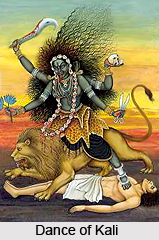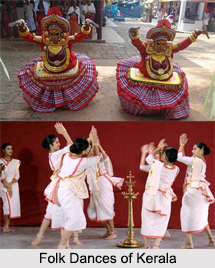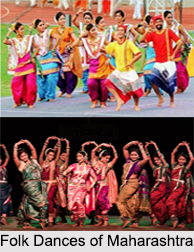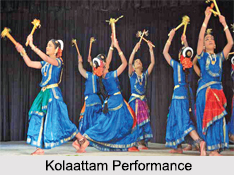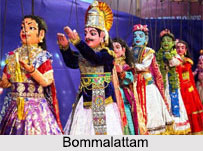 Bommalattam, or the puppetry in the state of Tamil Nadu, is one of the oldest forms of story-telling. Tamil Nadu is a birthplace of various arts, entertainments and dances. The puppet show of Bommalattam is performed in temples during various festivals. The performances last for a week or 10 days, usually continuing overnight.
Bommalattam, or the puppetry in the state of Tamil Nadu, is one of the oldest forms of story-telling. Tamil Nadu is a birthplace of various arts, entertainments and dances. The puppet show of Bommalattam is performed in temples during various festivals. The performances last for a week or 10 days, usually continuing overnight.
History of Bommalattam
The history of Bommalattam puppetry dates back to India"s medieval period as far as 10th century when most of the Bommalattam performances were based on tales of spirituality and mythology. Bommalattam, narrates the traditional legends and myths such as Valli Kalyanam (Valli"s marriage), Harichandra, Lava Kusa, Nallatangal Kathai and Markadeyan Kathai. Bommalattam was also used during the freedom struggle to promote nationalistic zeal.
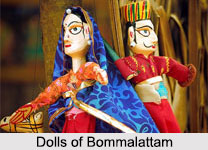 Bommalattam or the string puppet shows and Thol Bommalattam or the shadow puppet shows are two forms of traditional puppet shows practiced in Tamil Nadu. The Bommalattam puppet dance combines the techniques of both rod puppets and string puppets. The Bommalattam puppets are the largest, heaviest and the most articulate of all traditional Indian marionettes. A puppet may be as big as 4.5 ft in height and weighing about 10 kg. The Thol Bommalattam puppet show uses leather shadow puppets. These are flat figures pressed against the screen with a bright light shining from behind. The puppets create silhouettes or colourful shadows for the viewers in front of the screen.
Bommalattam or the string puppet shows and Thol Bommalattam or the shadow puppet shows are two forms of traditional puppet shows practiced in Tamil Nadu. The Bommalattam puppet dance combines the techniques of both rod puppets and string puppets. The Bommalattam puppets are the largest, heaviest and the most articulate of all traditional Indian marionettes. A puppet may be as big as 4.5 ft in height and weighing about 10 kg. The Thol Bommalattam puppet show uses leather shadow puppets. These are flat figures pressed against the screen with a bright light shining from behind. The puppets create silhouettes or colourful shadows for the viewers in front of the screen.
Bommalattam Puppetry
In Bommalattam puppetry, the puppets are made out of cloth, wood, leather or other materials. The strings or wires are used to control the puppets, whose hands and legs were tied up to the strings. There are 5 to 8 members in the puppet show troupe. A single puppeteer presents the entire puppet show. The Bommalattam finger puppet dance begins with homage to God and continues with humorous stories. There is a character of buffoon which is extremely hilarious that displays fun and frolic.
The Bommalattam puppetry in India is closely associated with religious and ceremonial events such as temple festivals and for the fulfilment of vows, thanksgiving for marriages and childbirth, or the welfare of the community. In earlier days, the puppet dance in Tamil Nadu was used to narrate religious stories, especially ethical stories. In addition to it, people believed it is auspicious to host a puppet show to ward off evil spirits from their villages. Bommalattam theatre has elaborate preliminaries which are divided into four parts - Vinayak Puja, Komali, Amanattam and Pusenkanattam.

